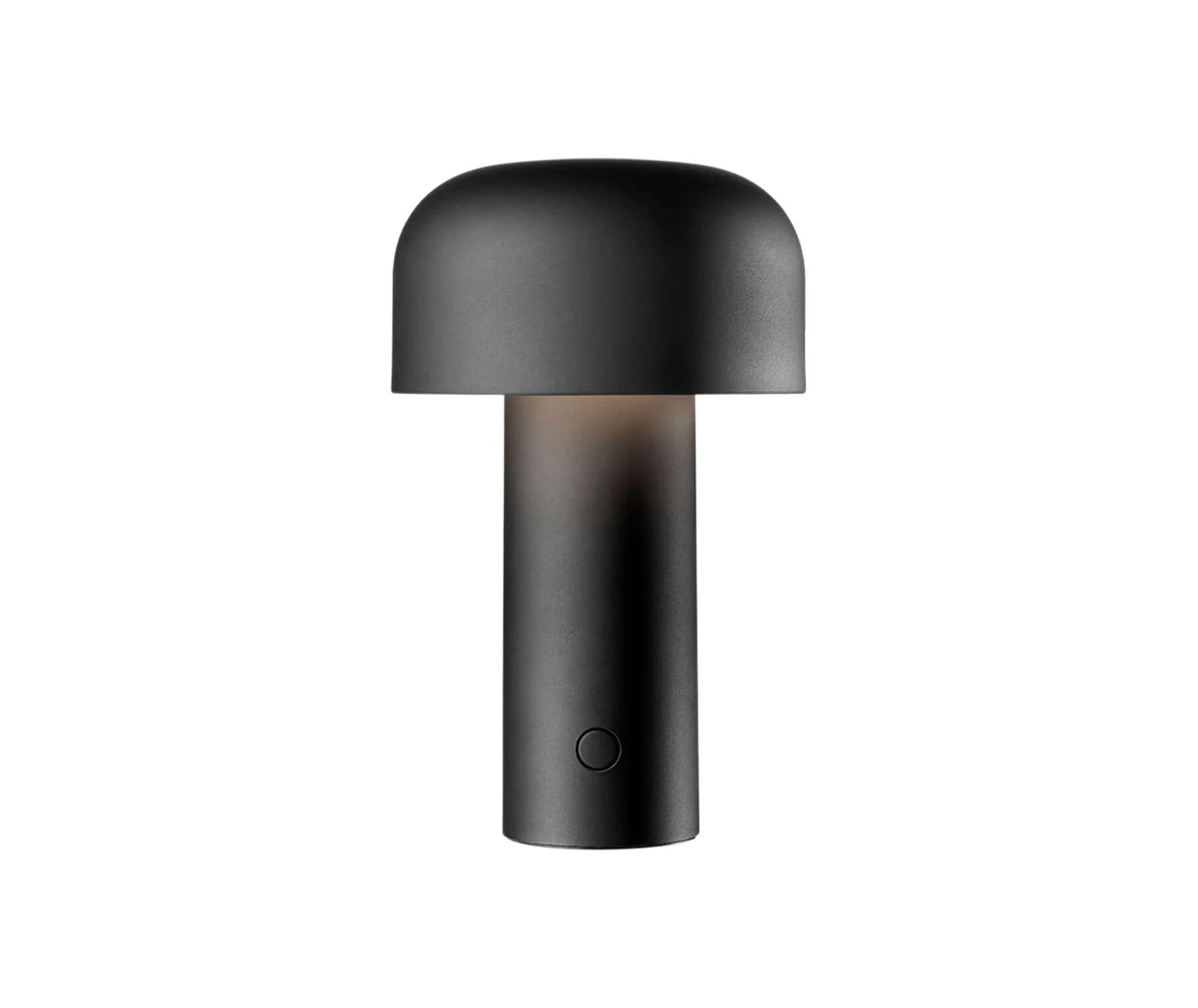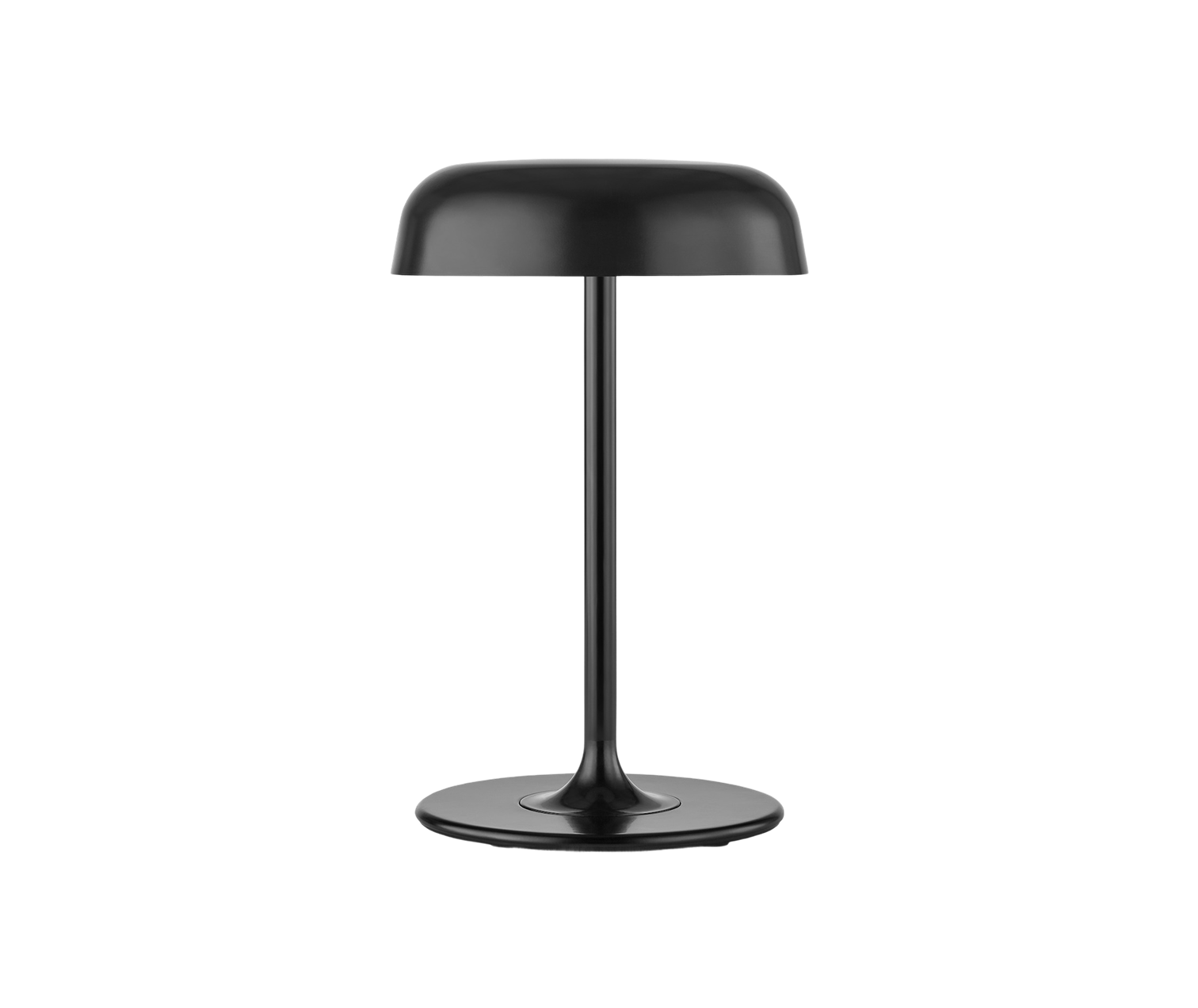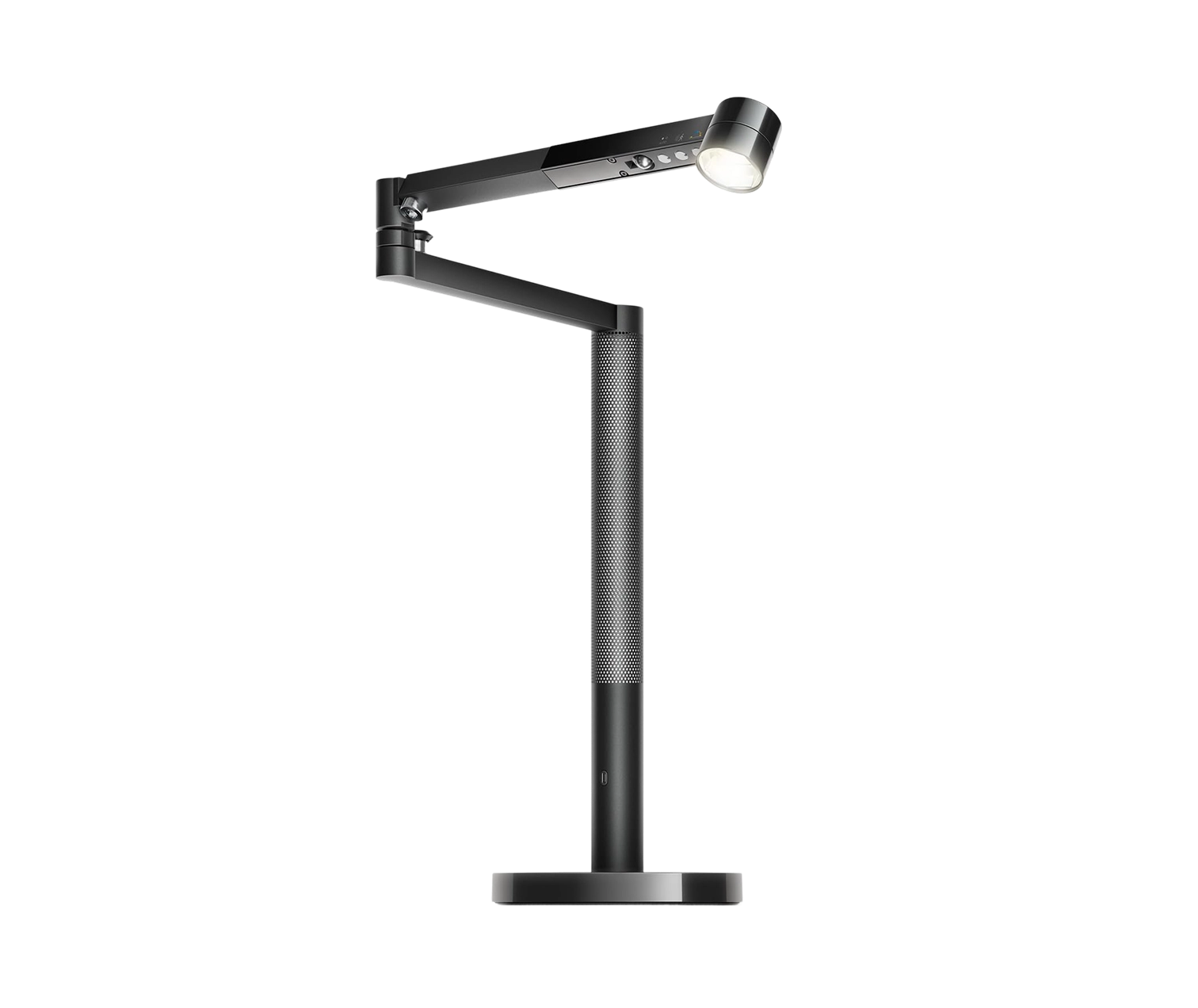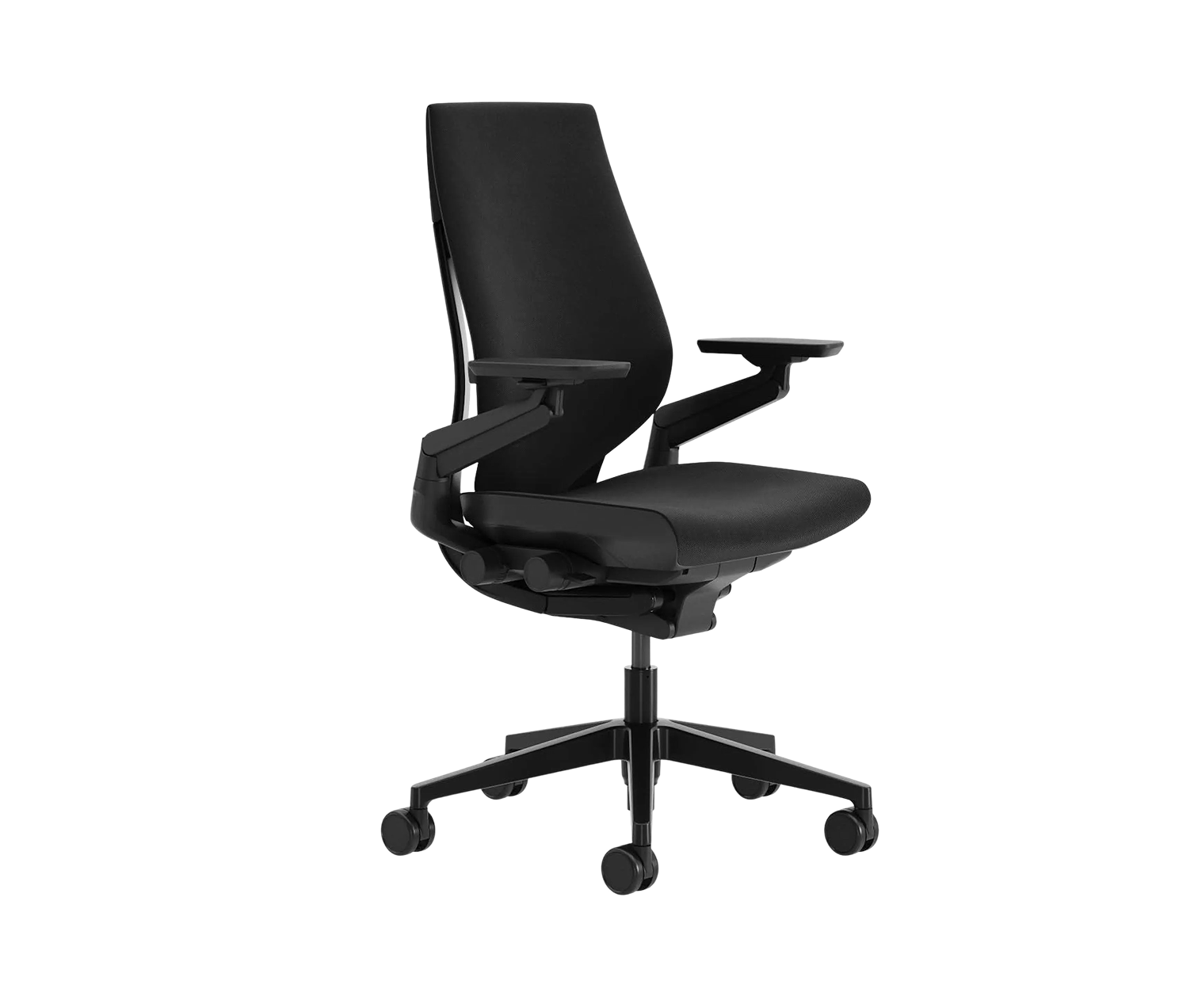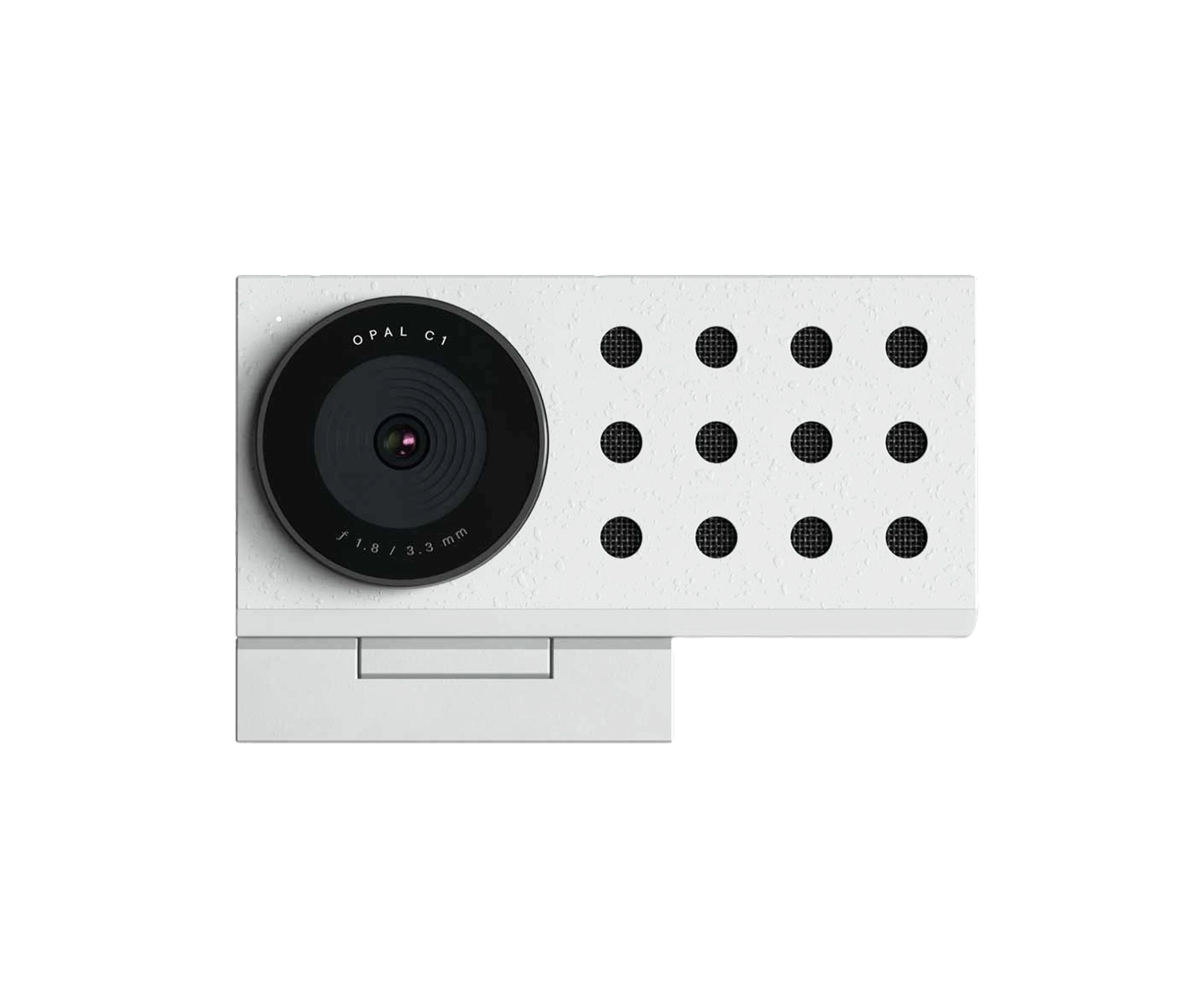Nov 1, 2025
·
·
There is a certain kind of person who can tell when the light has shifted, not by looking, but by feeling it. They notice when the color temperature of the day begins to cool, when the edges of a page lose clarity, when concentration starts to move with the evening. For them, lighting is not background. It is rhythm.
Focus is not only about silence or attention. It is about the environment that sustains it. The sound of a keypress, the weight of paper, the warmth of light. A good task lamp brings order to all of it. It shapes time and defines space.
The following five lights share a single principle. They turn illumination into intention. Each one is a tool, but also a small architecture of calm, designed for people who treat focus like a ritual rather than a demand.
Dyson Lightcycle Morph Desk Lamp – $649

The Dyson Lightcycle Morph is built around the logic of daylight itself. It is not designed to simply emit light but to understand it.
Inside its aluminum body is a tracking system that maps the position of the sun in real time. As the day changes, the Lightcycle adjusts its color temperature and brightness automatically, staying aligned with natural circadian rhythm. Morning light is cool and crisp. Afternoon light softens. Evening becomes warm, quiet, and slow.
For the person who treats focus as something continuous, this light becomes a companion. It keeps the body synchronized with the outside world even when hours disappear into work. Its form is precise and architectural. The aluminum frame feels machined rather than assembled. Every rotation happens in silence. When not in use, the light arm docks magnetically against its base, turning into a clean column of brushed metal.
Using it feels like part of the workday itself. Turning it on signals the start of concentration. The Dyson Lightcycle Morph proves that technology can be sensitive. It is not about brightness, but balance.
Gantri Task Light – $248

If the Dyson represents engineered precision, the Analog Task Light reflects emotional intelligence. It does not imitate daylight; it reinterprets it.
Made from plant-based polymers and 3D printed in California, it speaks to a new design language that values sustainability and intimacy. Its surface feels soft, its light gentle and familiar. When illuminated, it glows from within like porcelain warmed by the morning sun. The light it casts is diffused and warm, ideal for late work or early quiet. It wraps the desk in visual stillness. Shadows disappear and color feels balanced.
The proportions are small but exact. The circular base grounds it, while the tilted stem creates just enough direction for reading or sketching. The dimmer switch along the cord is intuitive and analog, a tactile reminder that design can still feel human in a digital age.
Grau Salt Lamp – $503

The Grau Salt Lamp feels almost alive. Designed by the German studio Grau, it distills the emotional potential of light into something pocket-sized and portable.
Salt does not project light, it contains it. The circular diffuser creates a glow that feels organic, like firelight translated into modern form. A gentle tap turns it on. Sliding a finger along its top surface dims it. It remembers your setting for next time, quietly learning your rhythm.
It runs on battery for up to 24 hours and recharges via USB-C. It can move with you from desk to bedside, from planning to reflection. The lamp’s base is aluminum, cool and weighted. The shade is acrylic with a satin texture that softens diffusion. There are no buttons, no cords, and no visible branding.
Salt is less about visibility and more about atmosphere. It is light you feel rather than see. It works for those who value calm over control, and who think of design as an extension of emotion.
Flos Bellhop Table Lamp – $295

The Flos Bellhop Table Lamp began its life as a modern alternative to candlelight. Designed by Edward Barber and Jay Osgerby for the London Design Museum restaurant, it balances intimacy and practicality with effortless charm.
Its form is archetypal: a rounded cap on a simple cylinder. The proportions are almost cartoonishly perfect, but in a way that feels human. The polycarbonate surface is smooth, reflective, and available in muted colorways like clay, petrol blue, and mushroom.
The Bellhop is rechargeable and wireless. It emits a circular pool of soft light that feels sculptural but relaxed. It is portable enough to move from one space to another, adapting from work to dinner to reading.
It's a rare piece that balances character and calm. It adds personality without breaking focus.
Ode Desk Lamp – $396

The Ode Lamp by Sam Hecht and Kim Colin for Herman Miller is light reduced to essence. It is not a lamp that moves, but one that listens.
The design begins with geometry. A circular head floats on a slender aluminum stem, connected to a weighted base that anchors the piece without distraction. The LED array is hidden within a frosted lens, creating an even wash of illumination across the desk.
There are no visible joints or screws. Adjustments are made through dimming, not direction. The Ode maintains visual and physical stillness even as it changes brightness. The experience of turning it on feels deliberate. The light emerges gradually, a slow reveal that mirrors natural sunrise. It is engineered to maintain color consistency for years, ensuring the same tone of light through time and use.
Hecht and Colin describe their work as “designing for the way we move and think.” The Ode embodies that philosophy perfectly. It encourages focus, not force. It lets the work take center stage while maintaining a quiet presence of its own.
This lamp feels less like an accessory and more like a daily meditation in form and proportion.
Light as daily practice
Turning on a task lamp is not only functional. It marks the start of a session, the moment when attention narrows and time stretches. For many, that simple gesture is the first step in creative routine.
The right lamp does more than illuminate. It separates one part of the day from another. It tells the mind when to engage and when to rest.
To treat focus like a ritual is to understand that clarity comes from repetition and care. Each of these lights is built for that practice. They are not showpieces, but quiet tools for sustaining presence.

